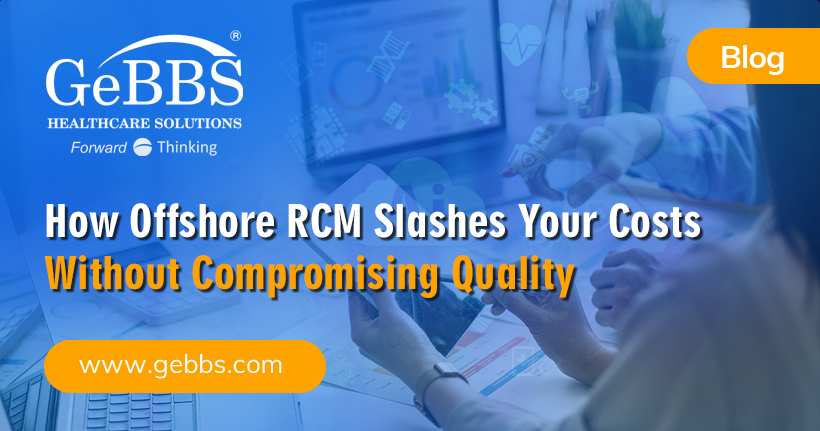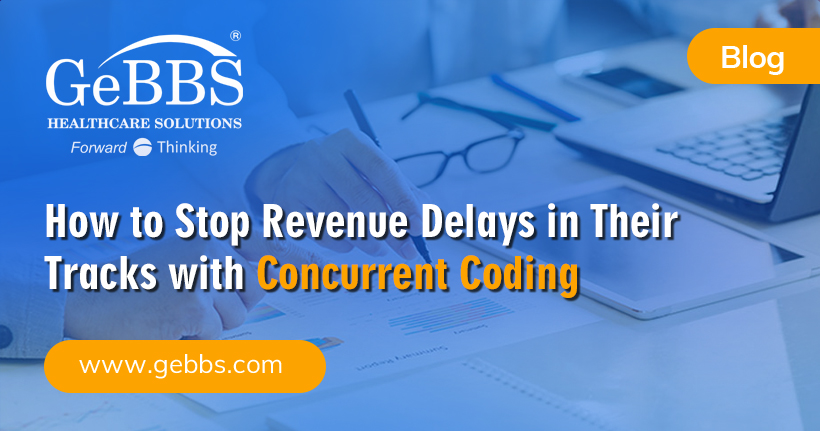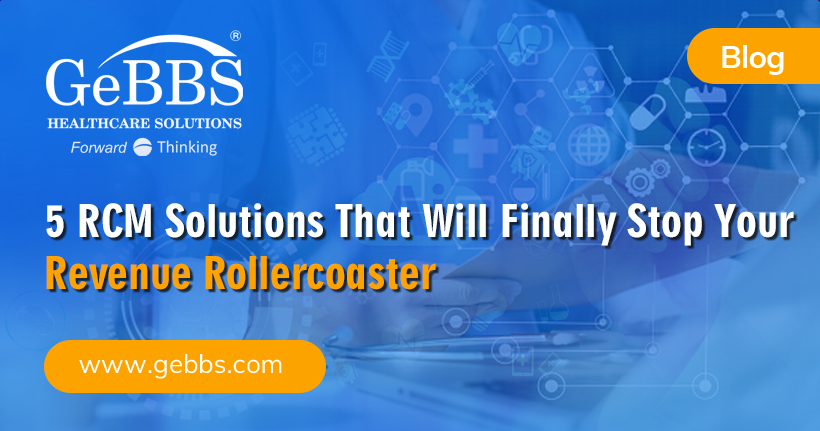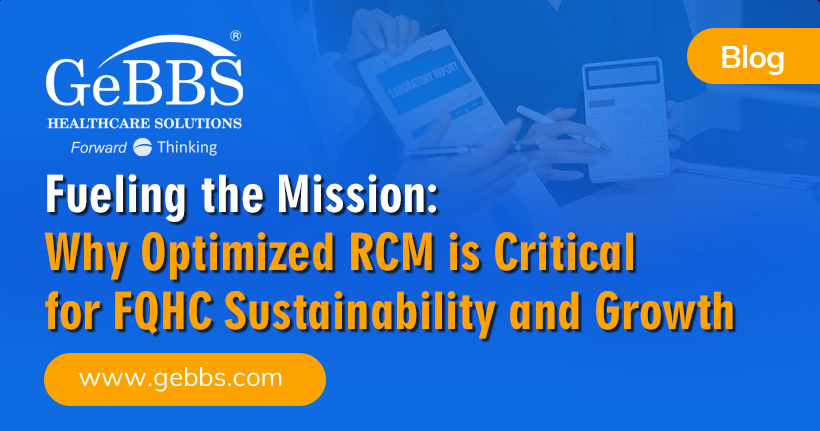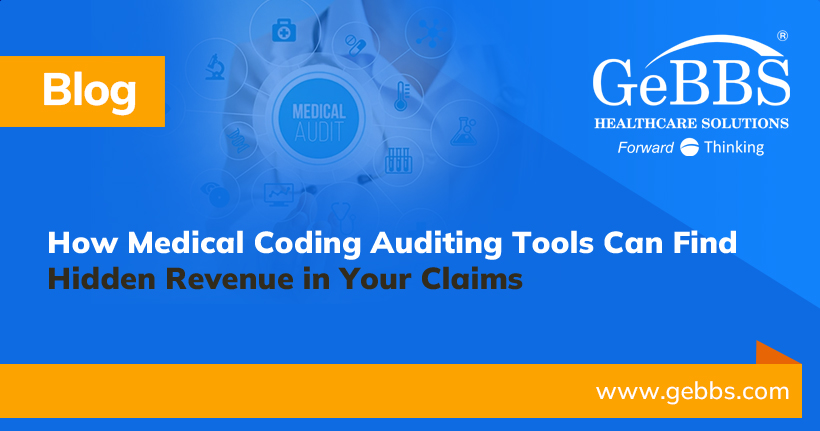Even before the COVID-19 pandemic emerged last year, health care payers were facing numerous challenges. From rising costs and uncertainty about the Affordable Care Act (ACA) to struggles with systems integration, alignment of incentives with providers and consumer engagement and education, these entities were faced with attempting to improve member health while addressing an array of obstacles.
Like many health care organizations, payers are employing various types of technology to streamline their workflow and achieve financial and operational objectives. Along with reviewing data insights to analyze what worked and what didn’t and adjusting digital services accordingly, they have the potential to realize a high level of value.
As noted by McKinsey & Company, payers also can take advantage of new technologies to fully automate core processes, strengthen their partnerships with providers, and reposition themselves at the center of the health care landscape.
Advantages of Artificial Intelligence
Perhaps the most utilized form of technology that has gained prominence over the past couple years is artificial intelligence (AI). AI is the capability of a machine to imitate intelligent human behavior or a branch of computer science dealing with the stimulation of intelligent behavior in computers. Using computer algorithms to copy humans’ capability to learn and therefore make
predictions, it is sometimes characterized as machine or deep learning or natural language processing.
The top five AI applications in health care are robot-assisted surgery, virtual nursing assistance, administrative workflow assistance, fraud detection, and dosage error reduction. Eighty-four percent of businesses see the use of AI as essential to competitiveness, and half view it as transformative. According to Accenture, AI has the potential to save the United States $150 billion annually by 2026.
Numerous research studies suggest that AI can perform as well as or better than humans at key health care tasks, and approximately 40% of the tasks performed by medical support occupations can be automated through it. Using technologies such as AI and machine learning (ML) enables health care entities to eliminate manual, paper-based administrative and clinical processes that are often repetitive, labor-intensive, and cost-ineffective.
Through these technologies, payers can analyze large amounts of information with enhanced precision and identify inconsistencies and unusual data patterns which often indicate fraud. Many of these inconsistencies are missed due to human error. AI also may benefit payers by enabling them to detect new fraud schemes, thereby allowing them to implement appropriate measures for fraud prevention.
Employing AI applications that enhance workflows and reduce activities not involved with patient care could save the health care industry $18 billion annually. The technology is even being applied to various applications in medical billing to address obstacles to accuracy and productivity. Overall, the potential contribution from AI to the global economy by 2030 is expected to be around $15.7 billion.
Notable NLP Applications
A subfield of AI is natural language processing (NLP), which is the use of computer algorithms to identify key elements in everyday language and extract meaning from unstructured spoken or written input. Specific tasks for NLP systems may include:
- Summarizing lengthy blocks of narrative text, such as a clinical note or academic journal article, by identifying key concepts or phrases present in the source material
- Mapping data elements present in unstructured text to structured fields in an electronic health record in order to improve clinical data integrity
- Converting data in the other direction from machine-readable formats into natural language for reporting and educational purposes
- Answering unique free-text queries that require the synthesis of multiple data sources
- Engaging in optical character recognition to turn images, like PDF documents or scans of care summaries and imaging reports, into text files that can then be parsed and analyzed
- Conducting speech recognition to allow users to dictate clinical notes or other
information that can then be turned into text
The global market size of NLP in health care and life sciences is projected to grow to $3.7 billion by 2025. Some medical entities use NLP along with text analytics to improve patient outcomes, streamline operations and manage regulatory compliance. According to a report from Chilmark Research, NLP technology offers a potential solution for hospitals and payers looking to glean actionable insights from unstructured data.
The top five NLP application areas for payers and health plans are member stratification, HEDIS™ quality measures, voice of the customer information, medical necessity and clinical review, and Medicare Advantage risk adjustment. Payers also can leverage NLP technology to derive high-value insights across claims and unstructured clinical data and enable prospective risk adjustment.
A Reliable Process for Risk Adjustment
The Centers for Medicare & Medicaid Services (CMS) define risk adjustment as “a statistical process that takes into account the underlying health status and health spending of the enrollees in an insurance plan when looking at their health care outcomes or healthcare costs.” The three fundamentals of successful risk adjustment are high-quality member/provider connections, accurate medical charting and coding, and complete encounter and supplemental data.
A report from KLAS Research indicates that risk adjustment technologies with quality analytics are effective solutions for payers when these tools can structure claims and clinical information into actionable models, identify multiple risk indicators, and foster provider collaboration. The report also found that payers utilizing predictive analytics solutions had success in reducing costs, empowering more proactive care interventions, and improving outcomes for their members.
For a health care payer to ensure its population’s risk burden is accurately represented, optimal technology tools must be used to monitor encounter data, isolate aberrancies, and quickly and efficiently address any errors. For providers, patient-specific analytics can be used to better assess, chart, and document patients’ medical conditions and health status. This leads to better care and ensures that a payer’s risk adjustment needs are met.
The GeBBS Advantage
At GeBBS, our payer solutions improve government payers’ and risk-bearing providers’ management of contracts, allowing clients to improve their risk adjustment and quality programs by providing them a complete platform that produces actionable data and solutions. Our range of risk adjustment services includes Medical Record Retrieval Risk Adjustment Chart Review (HCC coding), RAF Score Reporting, HEDIS Abstraction/Workflow and Solutions and Provider
Education & Support. Request a consultation with us to learn how GeBBS can work for you!

